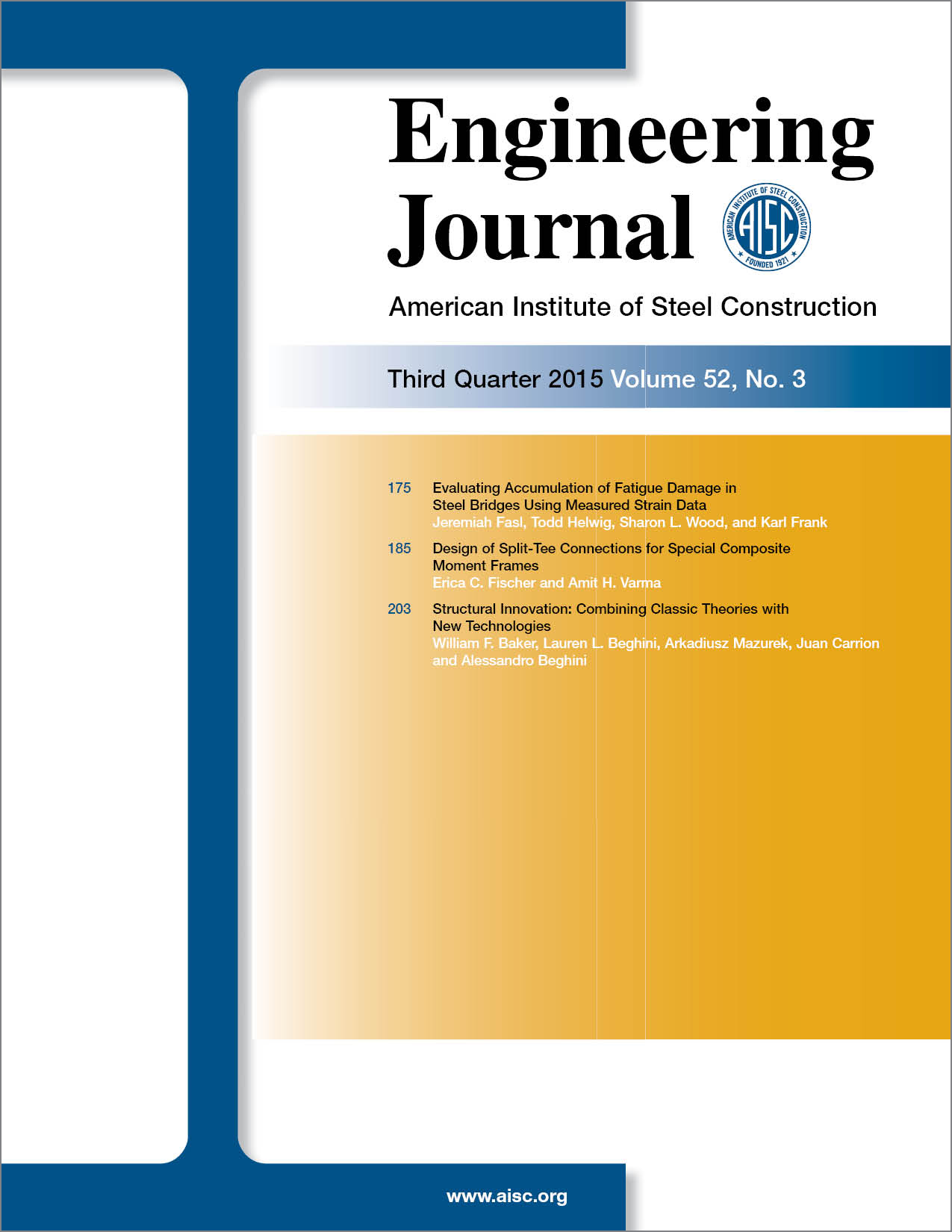Structural Innovation: Combining Classic Theories with New Technologies
DOI:
https://doi.org/10.62913/engj.v52i3.1084Keywords:
structural geometry, structural efficiency, structural analysisAbstract
In the early stages of the design process, an engineer sets the geometry of the structure. The decisions made about the layout of the structure will determine the overall efficiency that can be achieved and the magnitude of the forces that must be accommodated. For example, the deflection of a truss can actually be decreased by removing material if a geometry is created that has a shorter total load path. This paper presents concepts and methodologies for creating and understanding efficient geometries. It starts with a review of the 19th- and 20th-century load path theories of Rankine, Maxwell, Cremona and Michell. It then combines their insights with current topology optimization and shape-finding tools as a means of exploring how engineers can create structural geometries that improve the behavior and reduce the tonnage of their designs. Several examples of classical theoretical solutions are explored along with their application to new designs.

